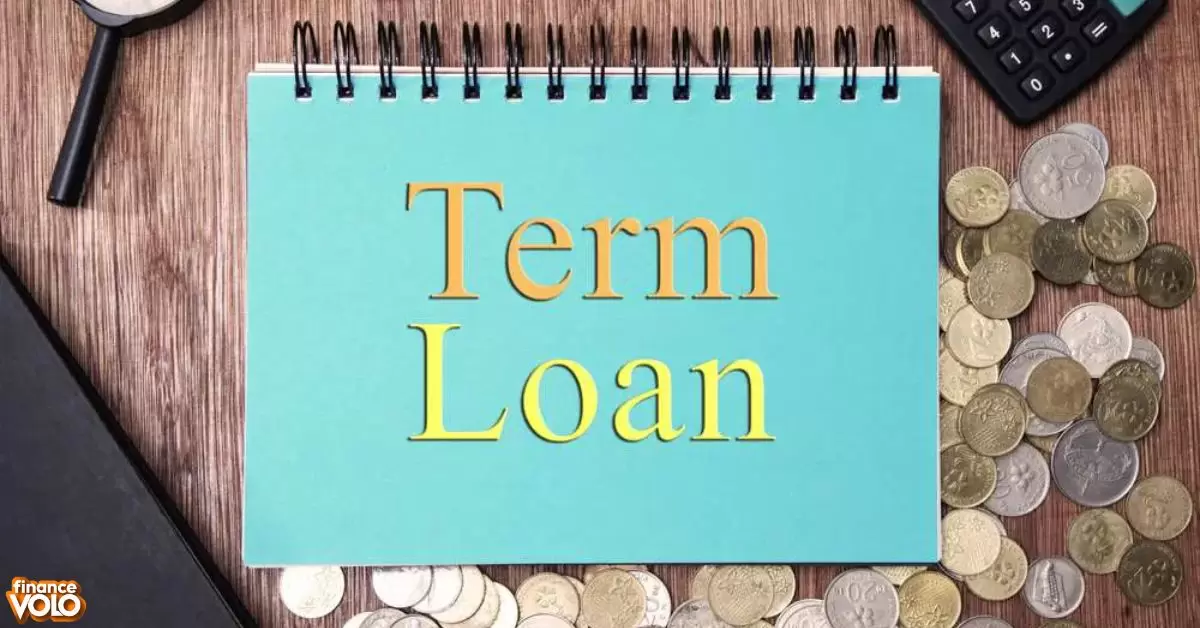In the ever evolving landscape of home financing, construction loans are a critical component for those embarking on the journey of building their dream home. As we approach 2024, understanding the intricacies of construction loan rates has become increasingly crucial.
This comprehensive guide will delve into the nuances of these specialized loans, shedding light on the factors that influence their rates and the processes involved.
Understanding the Basics of Construction Loan Rates
Before delving into the specifics, it’s essential to grasp the fundamental nature of construction loans and how they differ from traditional mortgage loans.
The Nature of Construction Loans
Construction loans are temporary financing solutions designed to cover the costs associated with building a new home from the ground up. Unlike mortgage loans, which are intended for purchasing an existing property, construction loans cater specifically to the unique requirements of the home building process. These loans are typically short-term, spanning the duration of the construction project, and are disbursed in stages as the work progresses.
Duration and Transitioning of Construction Loans
Construction loans are typically structured for a term of 6 to 12 months, providing borrowers with the necessary funds to cover the expenses incurred during the home construction phase. This short-term duration reflects the temporary nature of these loans, which are intended to bridge the gap until the project is completed and a permanent financing solution can be secured.
Upon completion of the project, the construction loan is typically converted into a permanent mortgage loan, allowing homeowners to settle into their newly built abode with a long-term financing solution. This transition process is often referred to as the construction-to-permanent loan structure, where the borrower effectively refinances the construction loan into a traditional mortgage once the home is built.
Initial Investments: The Down Payment Scenario

Standard Down Payment Requirements
Unlike conventional mortgage loans, where down payments can range from 3% to 20% of the property’s value, construction loans often demand a more substantial upfront investment.
Typically, lenders require a downpayment of 20% to 25% of the total construction costs, including the land acquisition, if applicable. This higher down payment requirement is primarily due to the increased risks associated with construction projects.
Lenders view new construction as a riskier endeavor compared to purchasing an existing home, as unforeseen challenges or delays during the building process could potentially impact the project’s completion and the property’s eventual value.
The Calculation Process
The calculation of the down payment amount is based on a detailed cost breakdown provided by the borrower. This breakdown should encompass all anticipated expenses, such as materials, labor, permits, and any other associated costs. Lenders meticulously review these estimates to ensure the loan amount accurately reflects the project’s financial requirements.
It’s crucial for borrowers to provide realistic and well-researched cost estimates, as underestimating the project’s expenses could lead to a shortfall in funding and potential delays or complications during the construction process.
Decoding the Payment Mechanism
One of the distinguishing features of construction loans is their unique payment structure, which differs significantly from traditional mortgage loans.
Interest-only Phase
During the active construction phase, borrowers are typically responsible for making interest-only payments on the outstanding loan amount. These payments are calculated based on the funds disbursed to date, ensuring that borrowers are only paying interest on the portion of the loan that has been utilized.
This interest-only payment structure is designed to align with the incremental nature of the construction process. As the project progresses, the borrower draws down additional funds from the loan to cover ongoing expenses, and the interest payments are adjusted accordingly.
Varying Interest Payments
As the construction project progresses and additional funds are drawn from the loan, the interest payments will gradually increase. This fluctuation in payments is a direct result of the incremental nature of construction loan disbursement, where funds are released in stages as specific milestones are achieved.
For example, if the initial loan disbursement was $100,000, the borrower’s interest-only payment would be calculated based on that amount. However, as the project advances and additional funds are drawn from the loan, say another $150,000, the interest payment would then be calculated on the outstanding balance of $250,000.
Distinguishing Between Construction and Mortgage Loans

Mode of Disbursement
Construction loans are disbursed in multiple draws or installments, with each release of funds tied to specific construction milestones. Lenders carefully monitor the project’s progress and only authorize disbursements upon successful completion of predetermined stages. This approach ensures that the loan proceeds are utilized effectively and in accordance with the approved construction plan.
The disbursement process typically involves on-site inspections by the lender or a third-party inspector, who verifies that the work has been completed to the required standards before approving the next draw request. Common milestones for construction draws may include:
- Site preparation and foundation pouring
- Framing and roofing
- Plumbing and electrical rough-ins
- Drywall and insulation installation
- Interior and exterior finishes
- Final inspection and occupancy permit
By tying the disbursements to specific milestones, lenders can ensure that the funds are being used as intended and that the project is progressing according to plan.
Payment Patterns
Unlike mortgage loans, where borrowers make consistent monthly payments throughout the loan term, construction loan payments can vary significantly from one period to the next. As mentioned earlier, during the construction phase, borrowers are responsible for making interest-only payments based on the outstanding loan amount.
Once the project is complete and the loan is converted to a permanent mortgage, the payment structure shifts to a more predictable and consistent schedule. At this point, the borrower begins making fully amortized payments, which include both principal and interest, typically on a monthly basis.
It’s worth noting that the transition from a construction loan to a permanent mortgage may involve adjustments to the interest rate, loan term, and payment amount. Lenders will reevaluate the borrower’s financial situation, the completed property’s appraised value, and prevailing market conditions to determine the terms of the new mortgage.
Qualifying for a Construction Loan in 2024
Credit Score and Financial Stability
Lenders will also carefully assess the borrower’s income, employment history, and existing debt obligations to ensure they have the financial capacity to manage the interest payments during the construction phase as well as the future mortgage payments once the home is completed.
In addition to evaluating creditworthiness, lenders may require borrowers to have a substantial amount of cash reserves or liquid assets available. These reserves serve as a financial cushion, providing peace of mind to the lender that the borrower can weather any unexpected costs or delays during the construction process.
Comprehensive Details Enhance Chances
In addition to meeting credit criteria, borrowers must provide lenders with a detailed project plan, including architectural drawings, cost estimates, timelines, and any necessary permits or approvals. This comprehensive information allows lenders to assess the feasibility and viability of the home construction project, ultimately impacting their decision to approve the loan application.
Lenders will carefully review the project plans to ensure they are realistic, well-thought-out, and align with local building codes and regulations. They may also scrutinize the credentials and experience of the chosen contractor or homebuilder, as this can significantly impact the project’s success and timely completion.
Understanding Construction Loan Rates in 2024

Economic Factors and Market Trends
Construction loan rates are closely tied to broader economic indicators and trends in the housing market. Factors such as inflation rates, federal interest rate policies, and the overall health of the construction industry can impact the cost of borrowing for home construction projects.
In times of economic growth and low inflation, lenders may offer more competitive construction loan rates to attract borrowers and stimulate the housing market. Conversely, during periods of economic uncertainty or high inflation, lenders may adjust their rates upward to mitigate the increased risk associated with construction projects.
Lender Policies and Risk Assessment
While economic factors play a significant role, individual lenders may also have their own internal policies and risk assessment methodologies that influence the construction loan rates they offer. Some lenders may specialize in construction financing and offer more competitive rates to attract borrowers in this niche market.
Furthermore, lenders may adjust their rates based on the perceived risk associated with a specific project or borrower. Factors such as the borrower’s credit profile, the complexity of the construction project, and the location of the building site can all impact the lender’s assessment of risk and, consequently, the interest rate they are willing to offer.
Loan Terms and Fees

It’s essential to carefully review and compare the entire cost structure of each loan option, including fees, points, and any prepayment penalties or other potential charges. By considering the overall loan package, borrowers can make an informed decision that aligns with their financial goals and objectives.
Frequently Asked Questions
Which loan is best for construction?
A construction-to-permanent loan is often the best option.
Are interest rates going down?
Interest rates are subject to change; check current trends for the latest information.
What are US construction loan rates?
US construction loan rates typically range from 4% to 12%, varying by lender and borrower qualifications.
What are interest rates today?
Interest rates today depend on the loan type and lender; check financial news or bank websites for current rates.
Final Words
Building a dream home is a monumental undertaking, and securing the right construction financing is a critical component of this process. As we navigate the construction loan landscape in 2024, understanding the intricacies of loan terms, interest rates, down payment requirements, and lender expectations will empower prospective homeowners to make informed decisions.
By thoroughly researching lenders, meticulously preparing project details, and maintaining a strong financial profile, borrowers can increase their chances of securing favorable construction loan rates and embarking on their home construction journey with confidence.

Steven Green, our website’s author, leverages 6 years of Finance expertise to provide insightful content. His wealth of experience enriches our platform, offering valuable insights for our readers.











